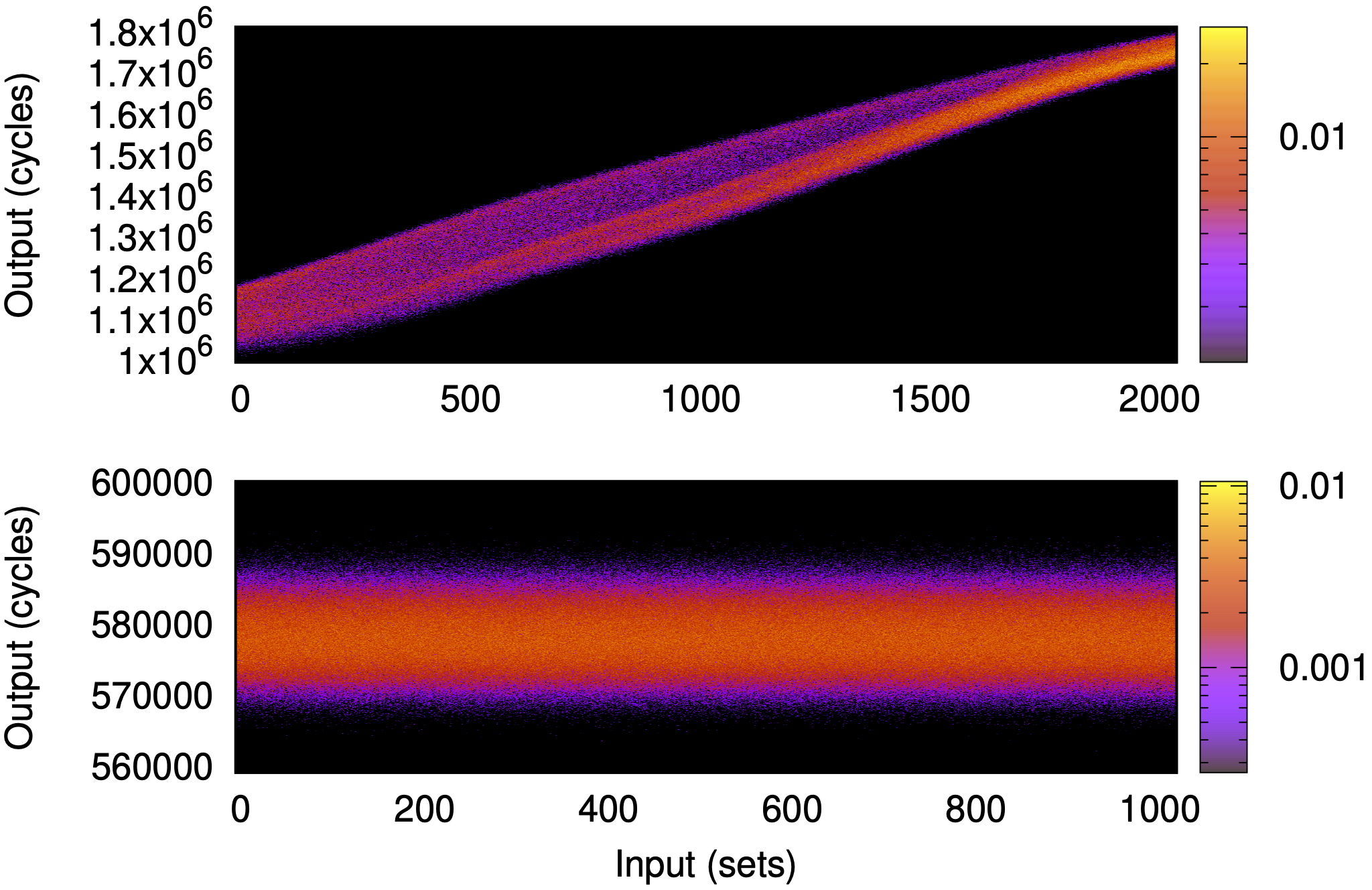
What’s with these invasive “crazy” worms and why can’t we get rid of them?
They reproduce without mating and are rapidly chewing through soil across the US. But there’s still a lot we don’t know about “jumping” worms.
This story is part of Down to Earth, a new Vox reporting initiative on the science, politics, and economics of the biodiversity crisis.
No, not the billions of Brood X cicadas emerging throughout the eastern US. I’m talking instead about baby invasive “crazy worms” that thrash through garden, farm, city, and forest soil, growing to 3 to 6 inches in length, sucking up nutrients, and transforming rich leaf litter into coarse droppings. All while laying nearly 20 hardy worm cocoons a month, without needing a mate.
Variously known as jumping worms, snake worms, Alabama jumpers, and Jersey wrigglers, common Amynthas species are a super-powered version of the more familiar, squishy languidness of the garden-variety European earthworms (whose genus name, Lumbricus, itself sounds plodding). And their rapid spread into new areas has led to a surge of concern about these worms.
This vigorous lifestyle can quickly lead to full-blown infestations — and decimated topsoil. Perhaps it’s no wonder jumping worms recently have been invading the internet, too.

























